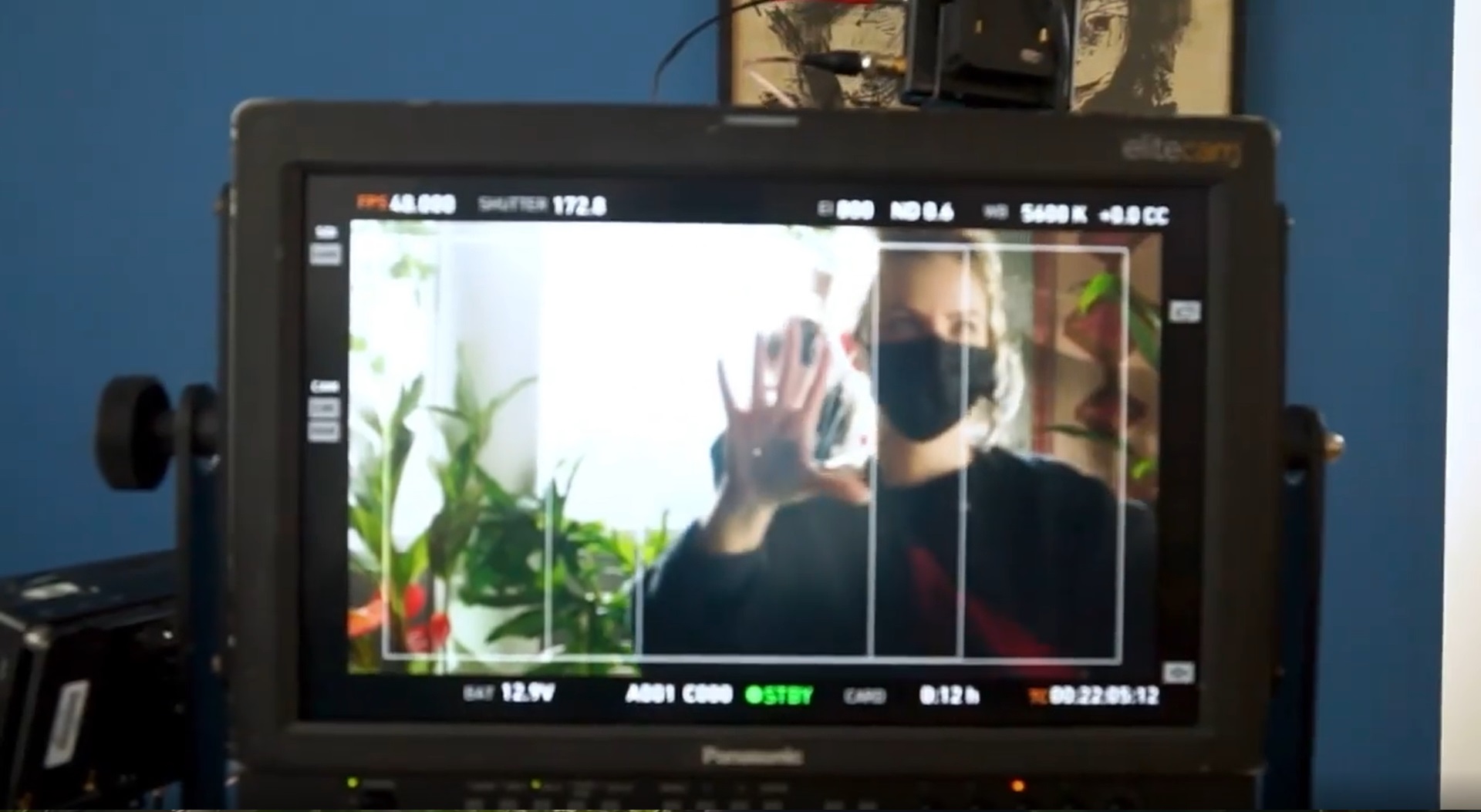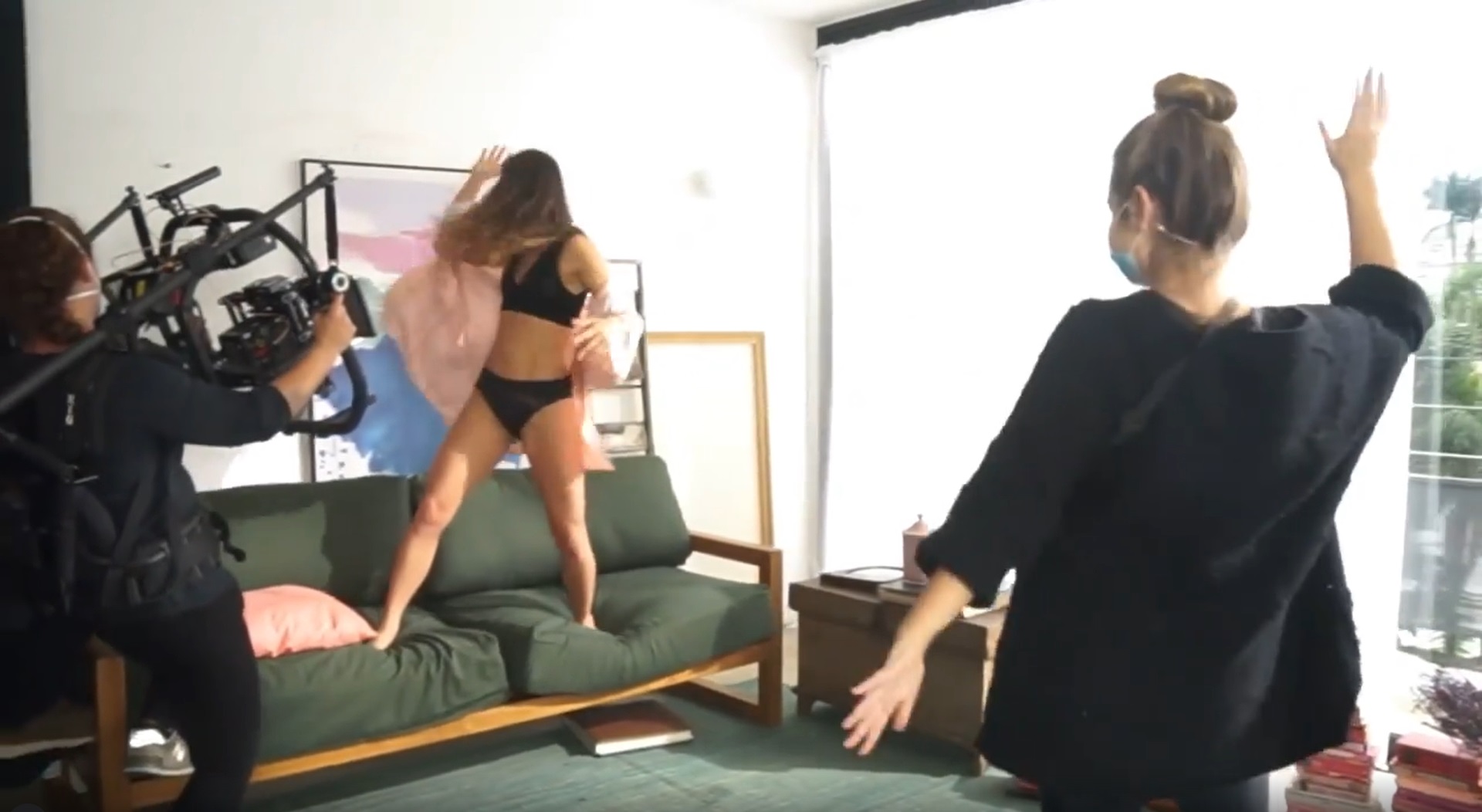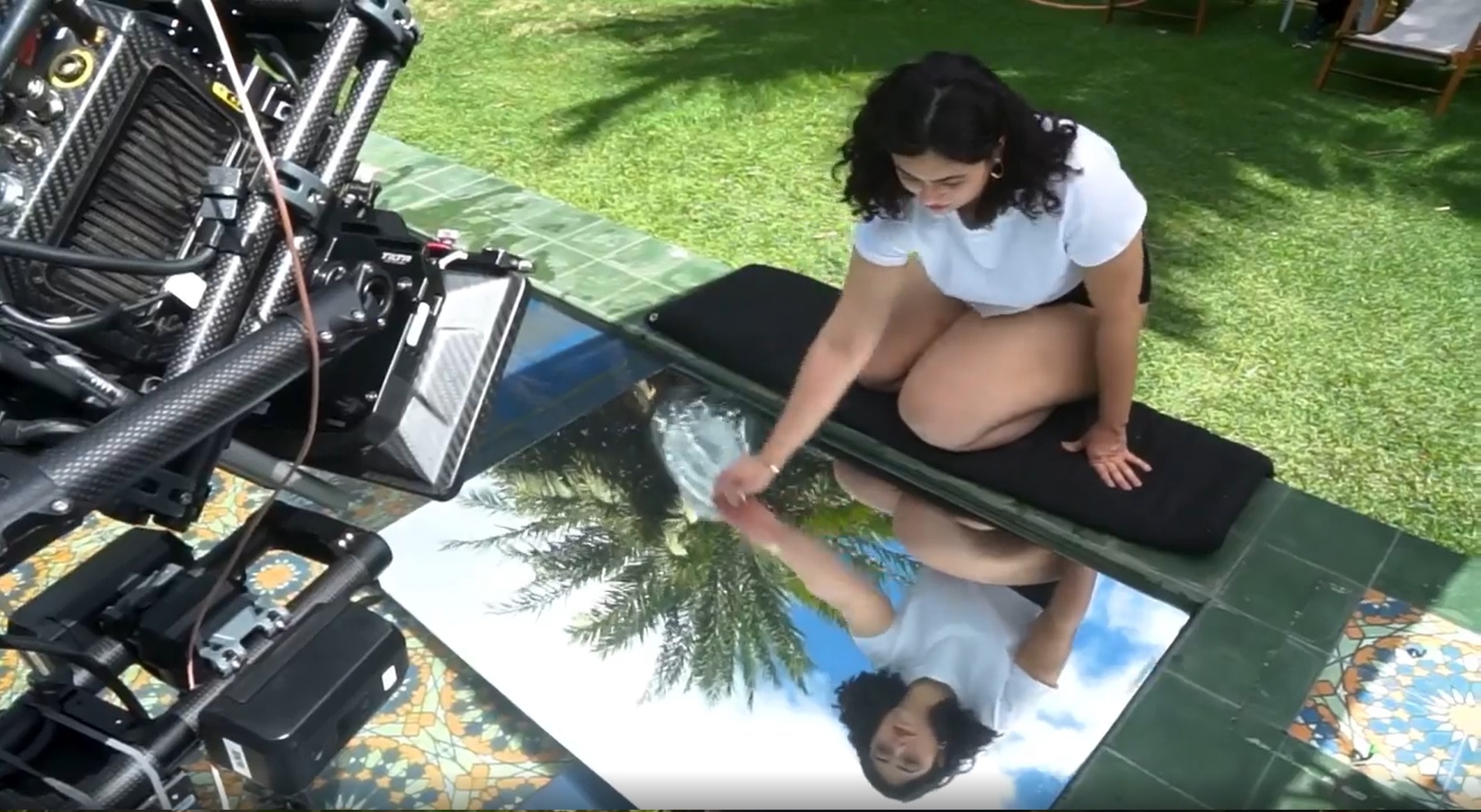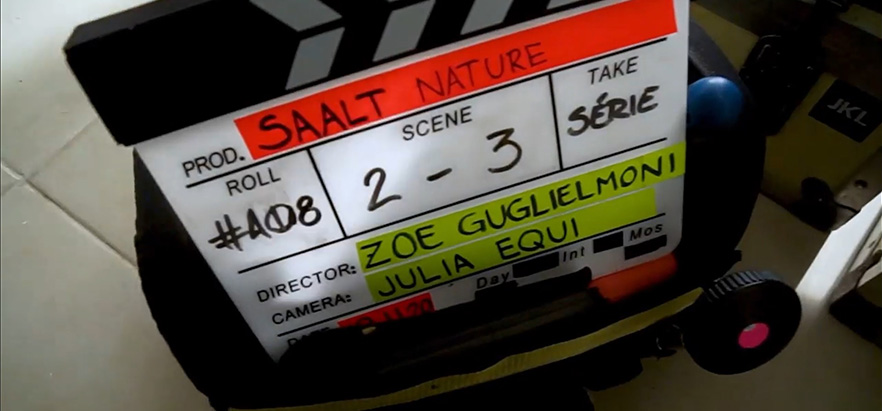
At the beginning of the pandemic, I was invited by Jennie Myers, CEO of the American agency Against, to participate in a film project made remotely by women around the world. She made contact with me through a message on Vimeo, where she saw my work and liked it. It was a smaller project. At her request, I produced images of my own house, with my daughter and my wife. I did something on the rooftop of my apartment. It was really cool. The creative director chose another director of photography, but we became friends. They liked us very much. In July 2020, Jennie emailed me an invitation to make a bigger movie for Saalt, a company of menstrual cups and other sustainable period care products.
Director Zoe Guglielmoni, who is my wife, and I designed a treatment (a visual look book from the script) and it was approved. We had a lot of freedom, something that is not normal in advertising. It was a very nice relationship of trust and harmony with Cherie Hoeger, founder of Saalt. She is half-Argentine and half-American, does capoeira and speaks Portuguese. We ended one of our meetings playing berimbau and singing. It’s an advertising film with content I believe in. Cherie developed this company inspired by her daughters, five girls who would become women, thinking about how to approach the subject of menstruation more naturally and without shyness.
The idea was to do something naturalistic. The characters are women from our own circle of friends and acquaintances: Aisha, Dandara, Flora, Amanda and Guta. They don’t usually work as professional actresses, but we thought they were a great fit for film’s proposal. The majority of the team was made up of women. It was very rewarding to have participated in this. When we introduced the movie to Cherie and her husband, who is her partner, they both cried.
It’s nice to approach this subject of menstruation without being ashamed. The product was a line of menstrual underwear. In the scene with Dandara, we made it rain with an incredible sun coming in. It’s like she’s at home at ease. One of the shots of the underwear was a close up from behind, and then camera going up, but without looking vulgar. Flora is a dancer and appears jumping on a chair, dancing at home, not bothered by her period. Guta takes a shower and we see the liquids mixing there. It’s a reconnection with ourselves.
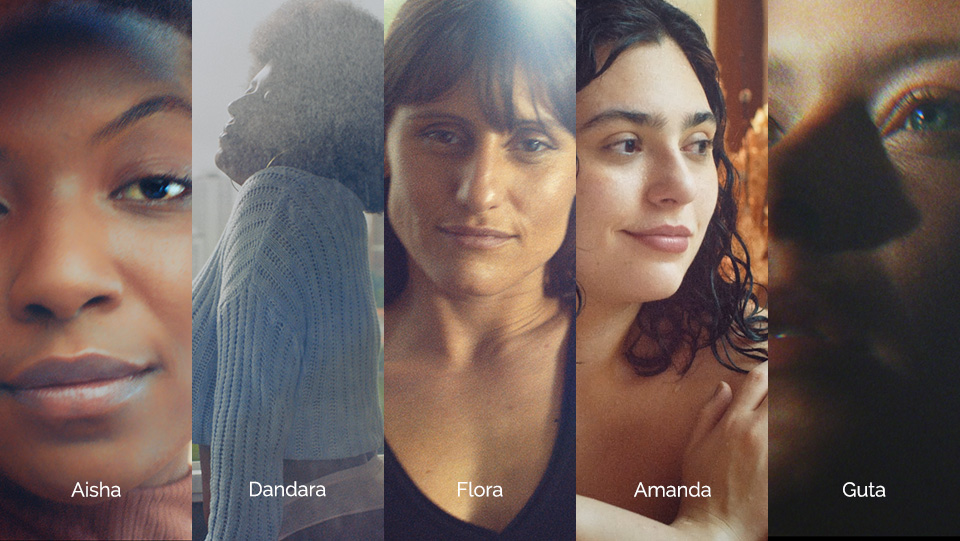
We filmed everything in two days. We received the invitation in July and filmed at the end of September. The film was released in late December. One of the locations was a place owned by production manager Sandra Othon, in the countryside of São Paulo. The images with Dandara and Flora were shot in a house in Morumbi, with a view of São Paulo, a beautiful skyline. It was cloudy and the city was gray, but I thought that was good because it was raining inside the room full of plants. If it was a big sun, I would have a harder time controlling and guiding the image.
We went with the ARRI ALEXA Mini, a small kit of antique ZEISS Super Speed lenses and Glimmerglass diffusion filter, which I love. The idea was to get out of this super clean look and bring in a little grain, prisms and textures. There was a freedom with the image that we wouldn’t have in a more conservative movie, but we were still selling a product. Advertising is finally increasingly open to diversity, even for market perceptions.
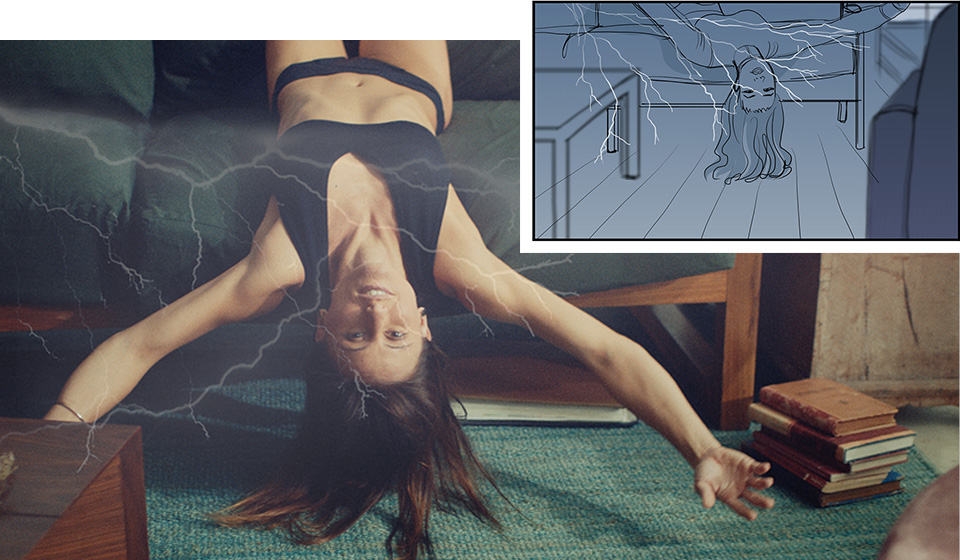
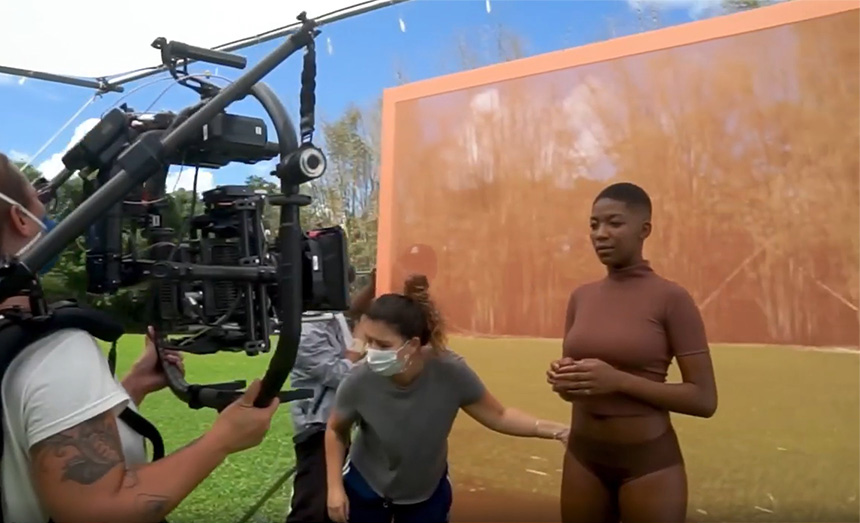
.
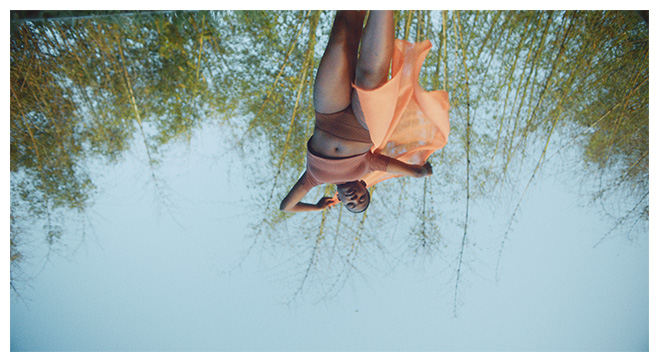
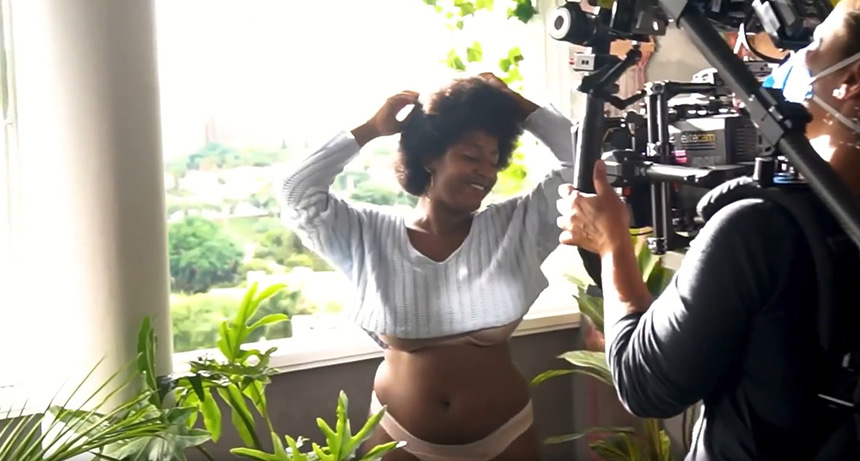
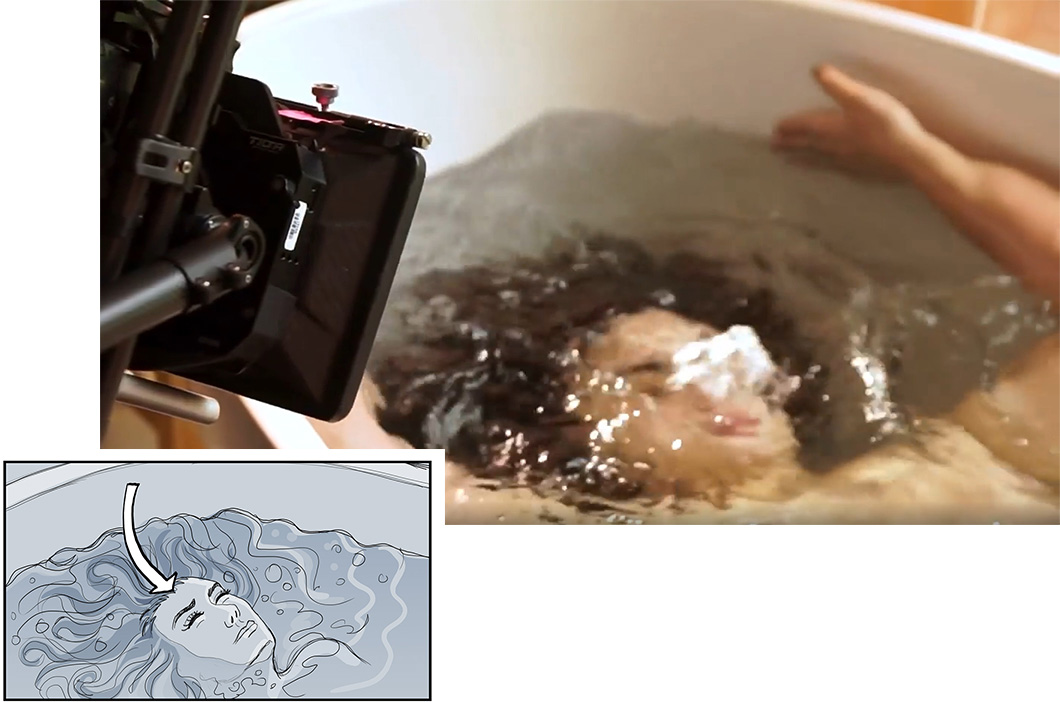
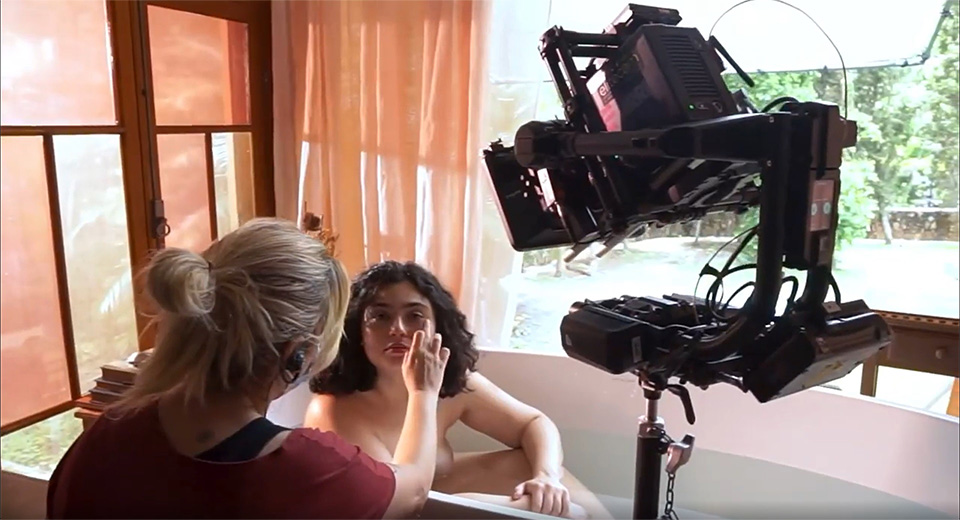
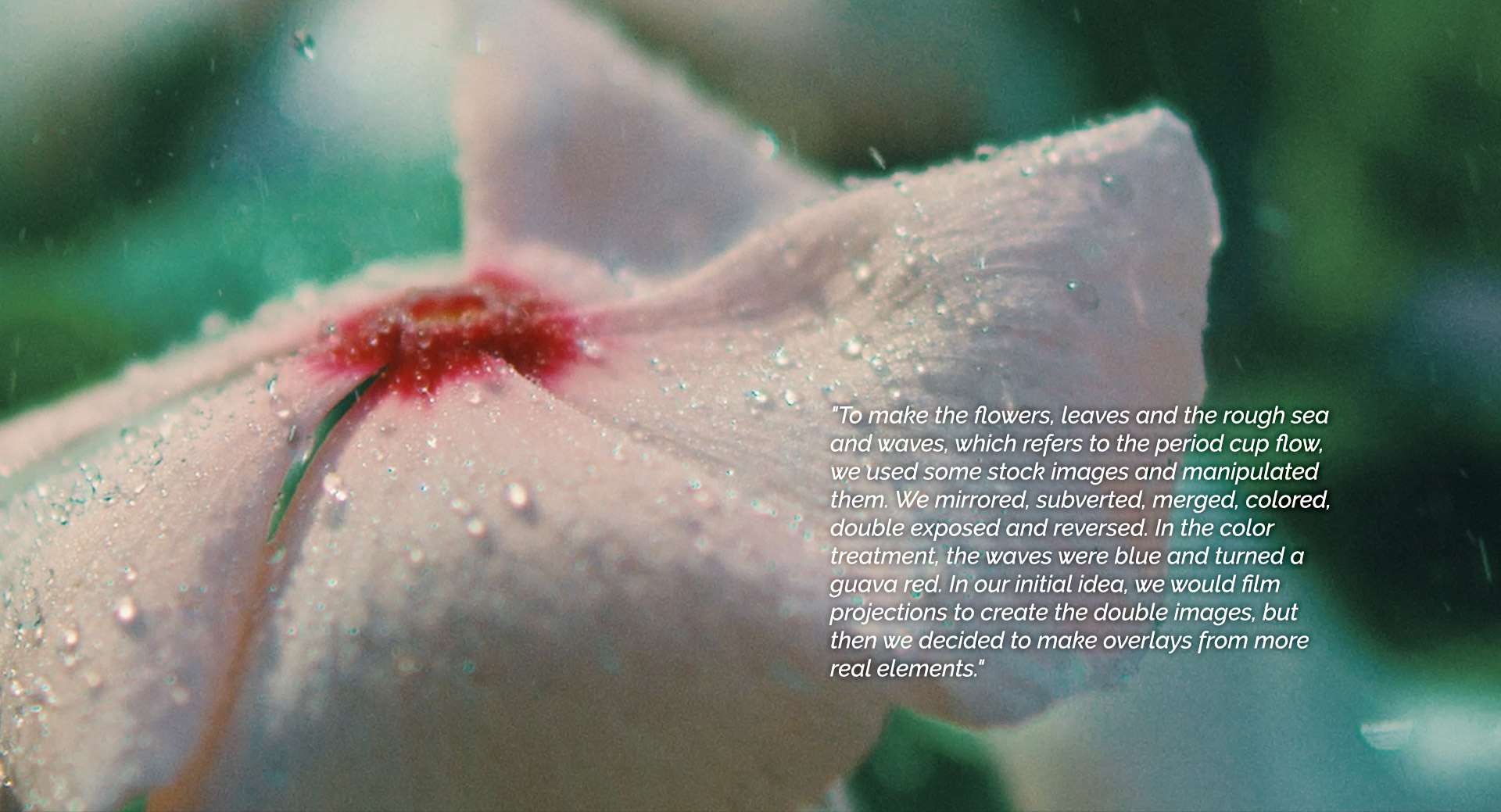
.MAKING OF
View this post on Instagram
The extreme close up of the eye was filmed by us with Guta. It’s one of the most beautiful shots in the movie. I loved it with so much passion. I used a macro 200mm and a prism. We had a light that came from outside and I asked gaffer Alexandre Vaz to make a funnel, like a spotlight. It was the last thing we filmed, in the final five minutes, very instinctively, in a hurry, so as not to extrapolate the team’s working hours, which I consider important to always respect. I always carry a macro lens or close-up kit, besides magnifying filters to ensure I’m able to take advantage of some optical aberration and shoot up close with a blurred background.
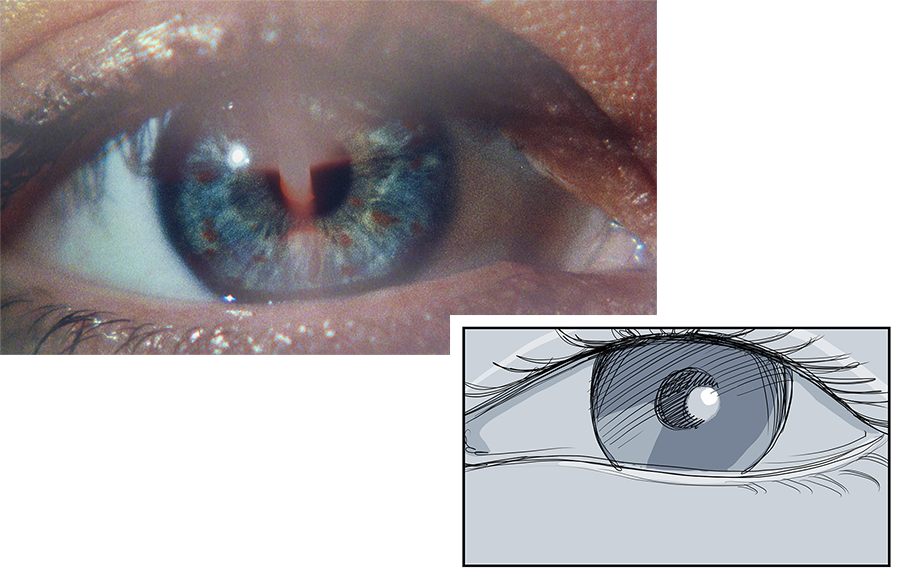
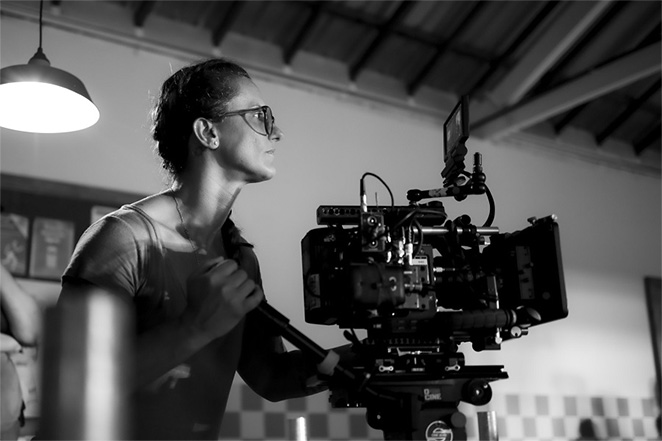
.MINI BIO
Julia Equi was born in 1980 in Rio de Janeiro and has been professionally involved with audiovisual since 1999. As a director of photography, she worked in the feature films “Margaret Mee e a Flor da Lua” (2012), “Lucicreide vai pra Marte” ( 2021) and “Amarração do Amor” (2021) and in the award-winning short film “Clube do Otimismo” (2018), among other films. On TV, she signed the cinematography of series like “Breaking the Taboo” (GNT), “Men?” (Amazon Prime Video, second season), “302” and “502” (both with photographer Jorge Bispo on Canal Brasil). Previously, she has assisted on camera in such productions as “Cidade Baixa” (2006), “A Pedra do Reino” (2007), “O Incrível Hulk” (2008) and “Maysa” (2009). She has also shot music videos by artists such as Tiê, Silva and Gilberto Gil, as well as national and international advertising campaigns. She also participated in the project “Fuxico”, by artist Davi Leventhal, presented at the Plaxall Gallery in New York. She was twice a finalist for the ABC Award (Brazilian Association of Cinematography).
https://vimeo.com/juliaequi

